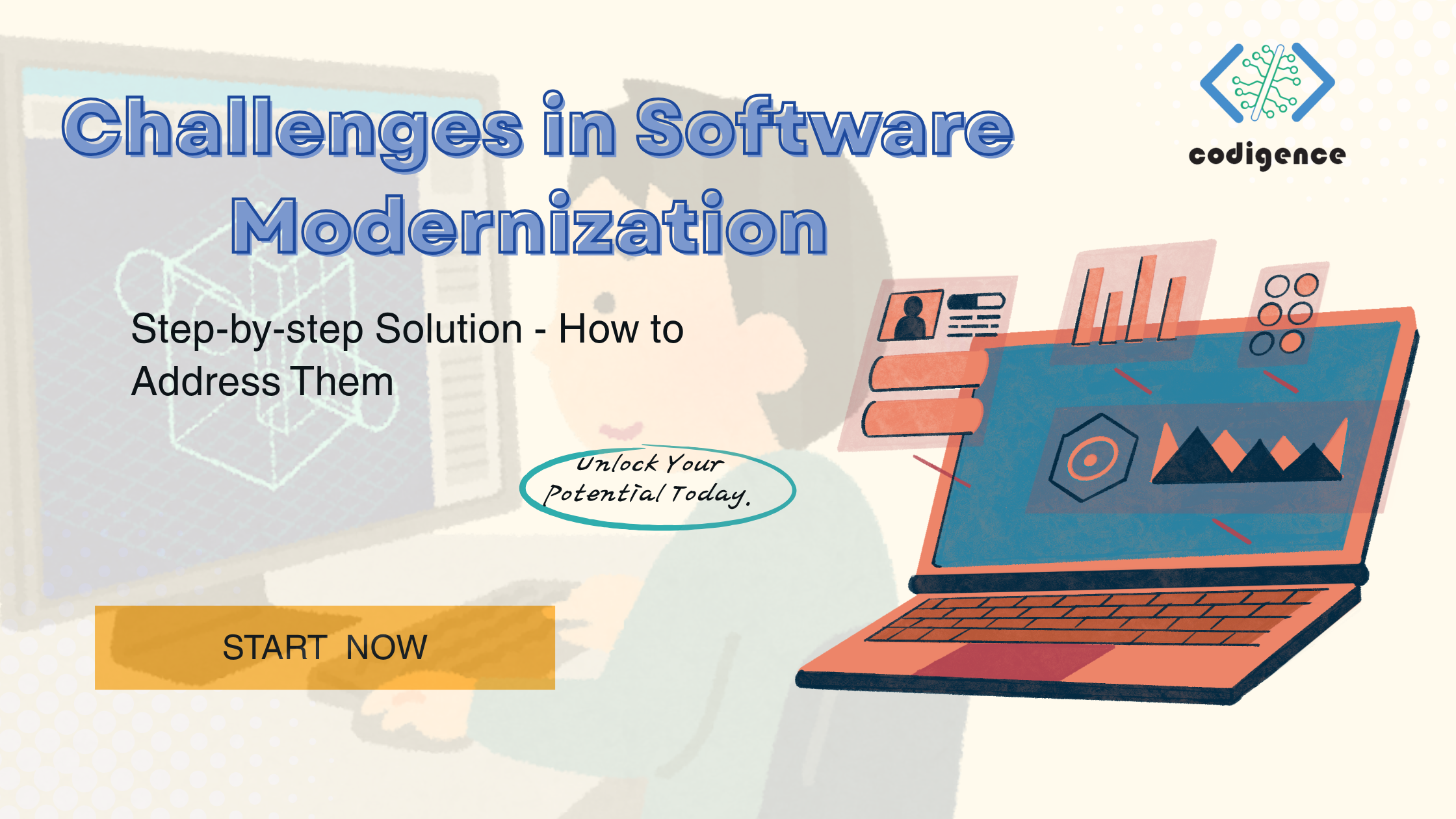Top Challenges in Software Modernization and How to Address Them
06 Oct 25 | Software Modernization, Legacy Systems, Data Migration, Cloud Migration, Digital Transformation, IT Strategy, Business Technology
Navigating the Challenges in Software Modernization
In the rapidly evolving digital landscape, businesses must modernize legacy systems to stay competitive, efficient, and secure. Identifying obstacles early and applying strategic solutions allows organizations to modernize successfully while minimizing disruption.
Outdated Architecture and Technical Debt
Legacy systems often carry technical debt accumulated over years of incremental updates. Outdated code, limited documentation, and tightly coupled components make modernization difficult. This is one of the primary challenges in software modernization.
Start by conducting a technical assessment to identify critical components and dependencies. Refactoring code, adopting microservices, or migrating to modular frameworks can reduce complexity and make modernization more manageable.
Budget Pressures and Resource Allocation
Financial constraints are another key barrier. Modernizing software can require significant investment in infrastructure, tools, and skilled personnel. Many organizations struggle to balance modernization budgets against other operational priorities.
Prioritize modernization efforts based on business value. Begin with systems that deliver the highest ROI and consider cloud-based platforms to reduce upfront costs. Phased implementation also allows better budget management and reduces financial risk.
Data Migration and Compliance Risks
Migrating data from legacy systems to modern platforms presents both technical and compliance challenges. Data loss, corruption, or security breaches are major risks, making it a top challenge in software modernization.
Implement a robust data migration plan that includes backups, encryption, and thorough testing. Ensure regulatory compliance by auditing sensitive data and following industry standards throughout the migration process.
Ensuring Interoperability with Modern Tools
Modern business operations rely on technologies such as cloud platforms, AI, and IoT. Integrating legacy systems with these tools can be difficult and is a common challenge in software modernization.
Use APIs, middleware, and service-oriented architectures to enable seamless integration. Designing modular systems ensures that future technology adoption is smoother and less disruptive.
Organizational Resistance to Change
Modernization isn’t just a technical task—it’s a cultural one. Employees may resist new systems due to unfamiliarity, fear of disruption, or comfort with existing processes.
Engage employees from the start, clearly communicate the benefits, and provide hands-on training. Supportive change management practices reduce resistance and help staff embrace new tools.
